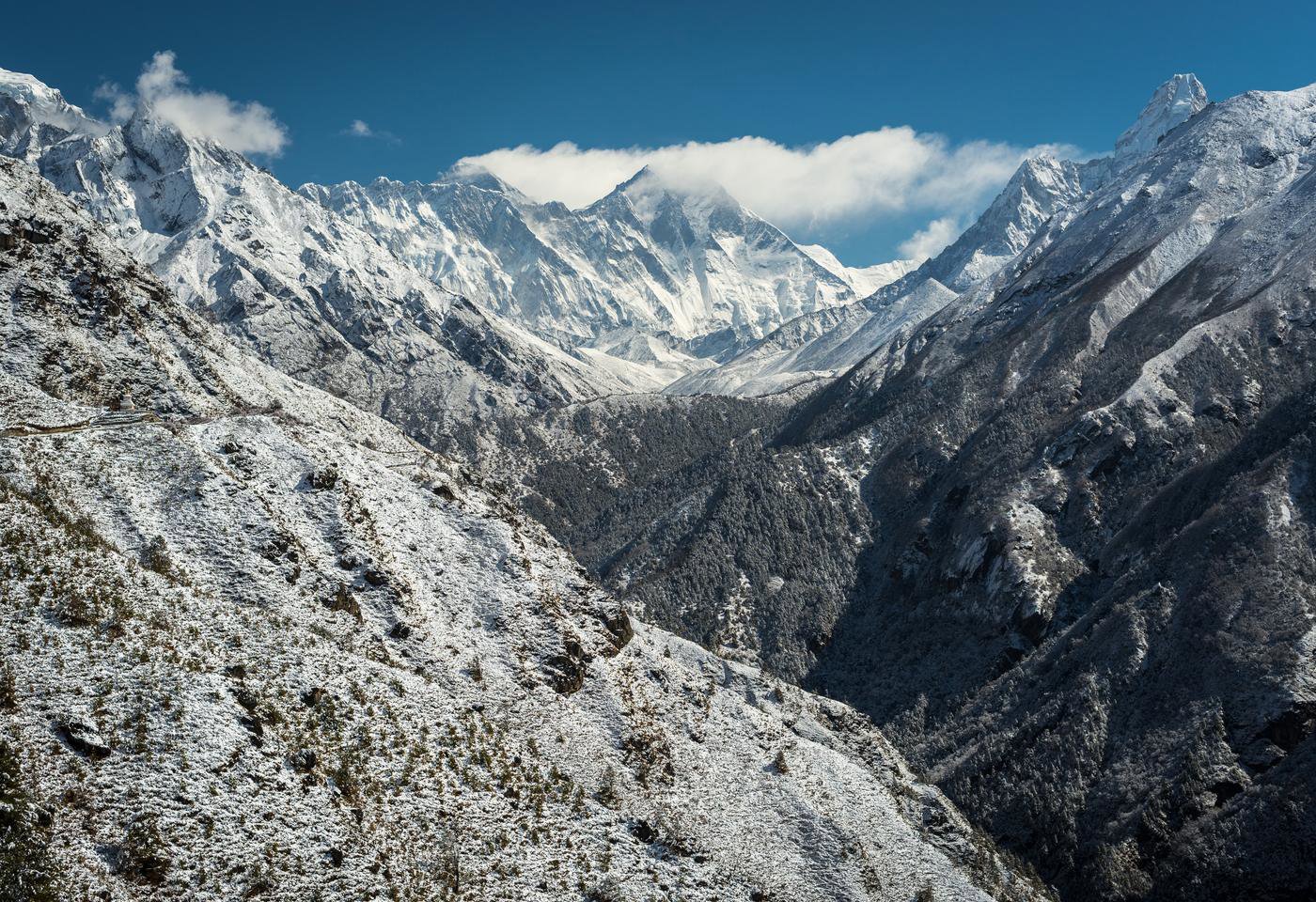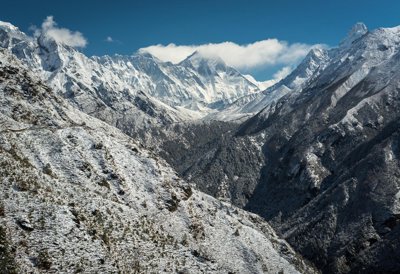Rice, the kitchen staple, provides about one fifth of the world's total calories, however its carbon footprint equals that of aviation. In addition to that, growing rice in oxygen deprived paddy fields emits methane, a very potent greenhouse gas. Water scarcity is also increasingly becoming a problem.
But there is a way to make rice cultivation more climate-friendly. Dr Smita Kurup from Rothamsted Research and her partners in India and the Phillipines, demonstate that rice can be cultivated in dry fields instead, with new, fast growing varieties planted directly in soil.
Back in the studio, Dr Tamsin Edwards, climate scientist and Society Fellow, considers the potential impact on our global carbon emissions.
What our expert says
We invited Professor Vincent Gauci, a Professorial Fellow in Geography and Environmental Sciences at the University of Birmingham, to offer some observations on the potential of low-carbon rice in reducing carbon emissions. His points take some of the themes of the programme a step further:
The statement that, on average, 0.3Gt/y of carbon emissions could be saved by 2030 if we undertook a complete conversion to Dry Seeded Rice is plausible. This approach also takes into account carbon dioxide (CO2) equivalents of other greenhouse gases like methane (CH4) and nitrous oxide (N20).
The intermittent drainage of rice paddies to avoid methane emissions is worth considering for rain fed rice. Farmers may be reluctant to drain their land for fear that they will not be able to top it back up. There’s also the potential downstream issue of where the water will go if all rice growing areas are turned over to dry seeded rice. One can’t look at the issue in isolation as flooded paddies are acting as large water reservoirs, delaying or redirecting flows that would otherwise go down the river. What are the consequences for downstream flood risk? Paddies are also often formed in low lying areas that are naturally wet. If the goal is to avert CH4 emissions this could be a challenge. Moreover, if dry seeding rice becomes commonplace, it could compete for land with other crops.
Further reading
-
Rothamsted Research (October 2019) Future rice could reduce reliance on water intensive paddy fields
-
Genetic improvement of rice seed vigour for dry direct-seeded conditions. UK Research and Innovation
-
Mahajan, G., Chauhan, B.S., Gill, M.S. (2013) Dry-seeded rice culture in Punjab State of India: Lessons learned from farmers, Field Crops Research 144, p.89-99
About the series
39 ways to save the planet is a new radio series by BBC Radio 4 developed in partnership with the Society and broadcast in 2021. It showcases 39 ideas to relieve the stress that climate change is placing on the Earth. In each 15 minute episode Tom Heap and Dr Tamsin Edwards meet the people behind a fresh and fascinating idea to cut the carbon.
Over the course of 2021, the Society will be producing events and digital content to accompany the series.
Episode 1: Super Rice

Featured card image: BBC
Featured banner image: Andhika Y Wiguna/Unsplash
Teaching resources
The Society has produced a free resource for teachers related to this episode.

Finally, there is the behavioural aspect of converting to dry seeded rice. It is possible, as with other highly bred rice cultivars, that there is a change in the eating quality of the rice. Will people be willing to convert to a rice that does not taste the same as what they are used to? Will dry seeded rice taste as nice?
